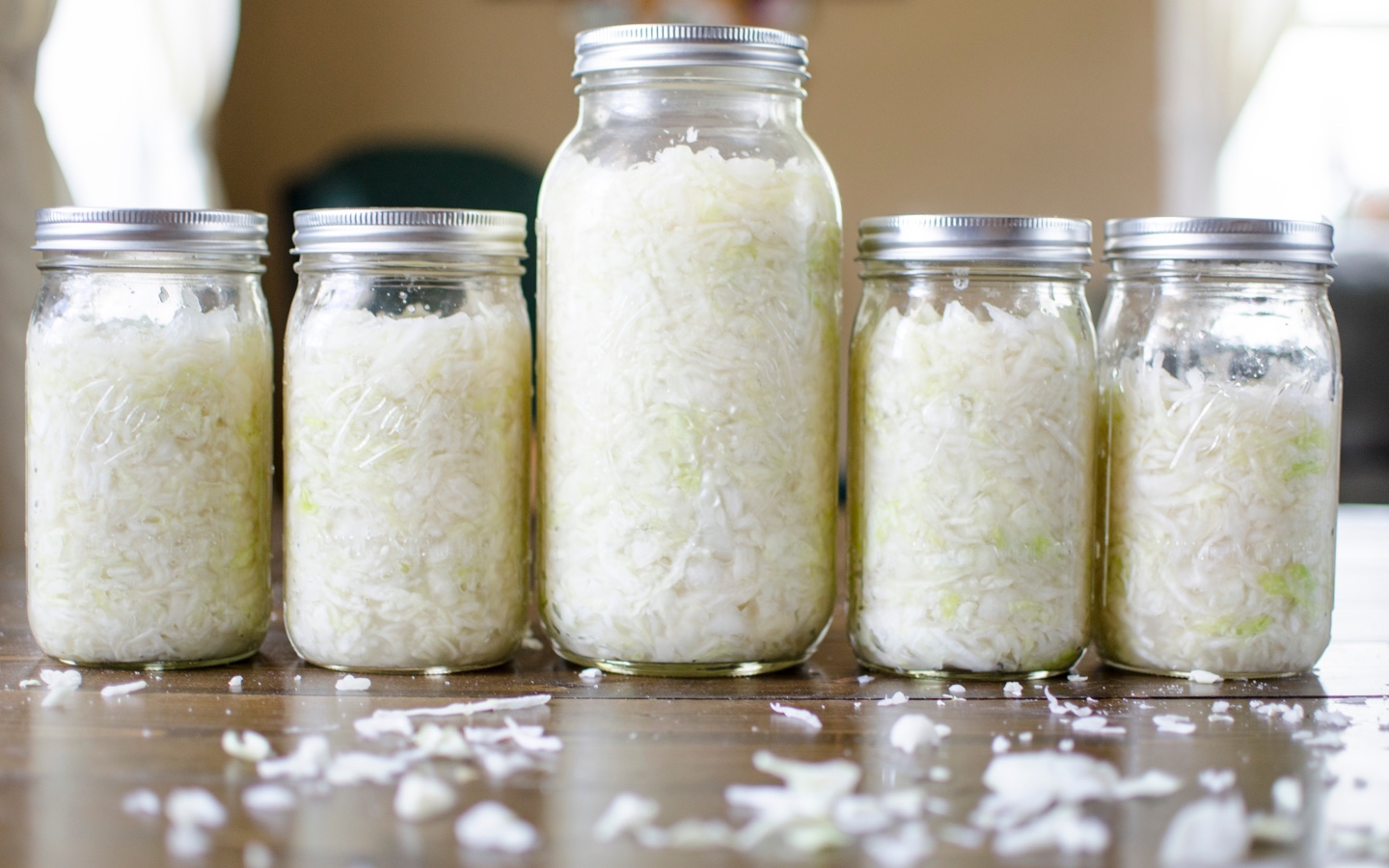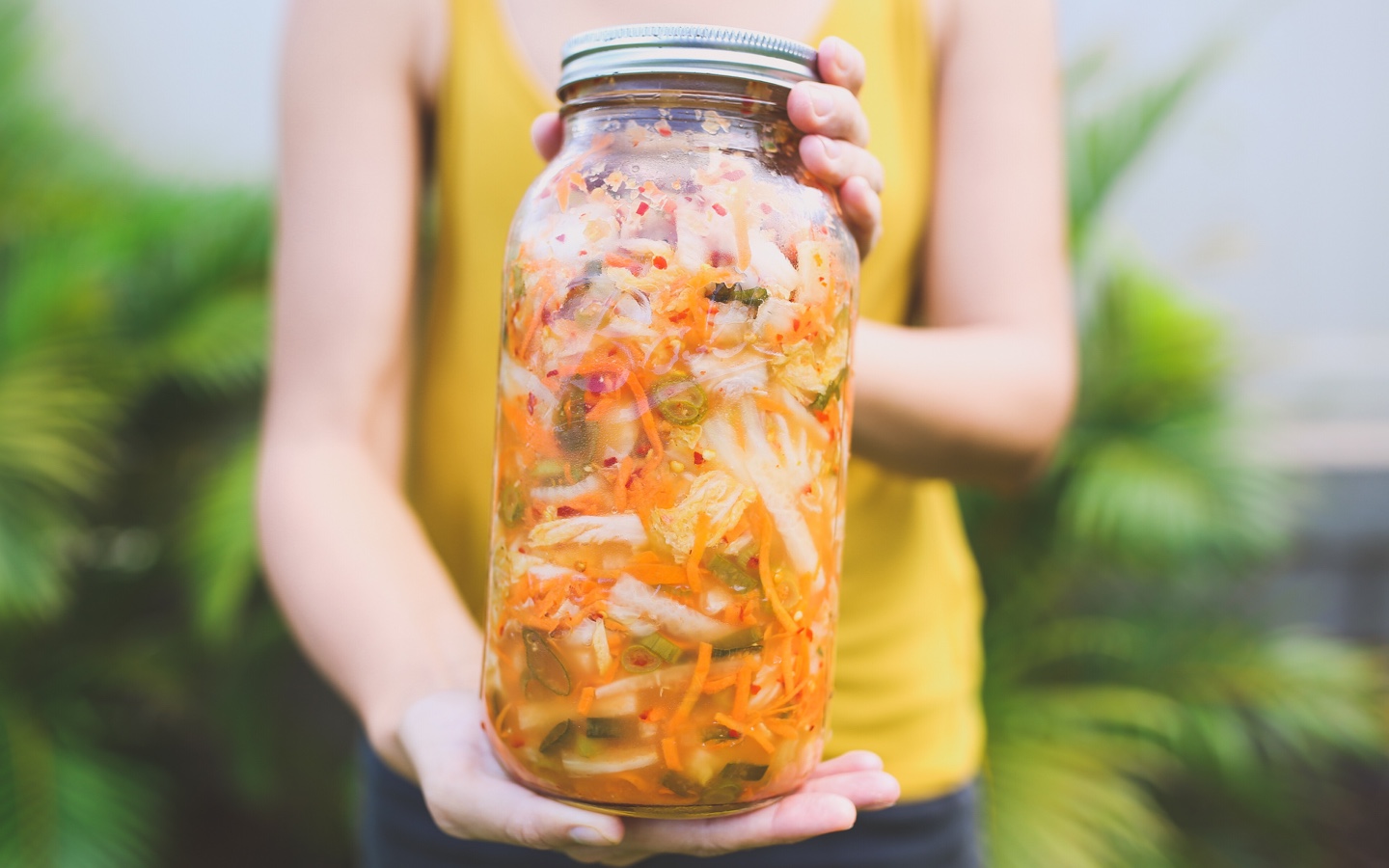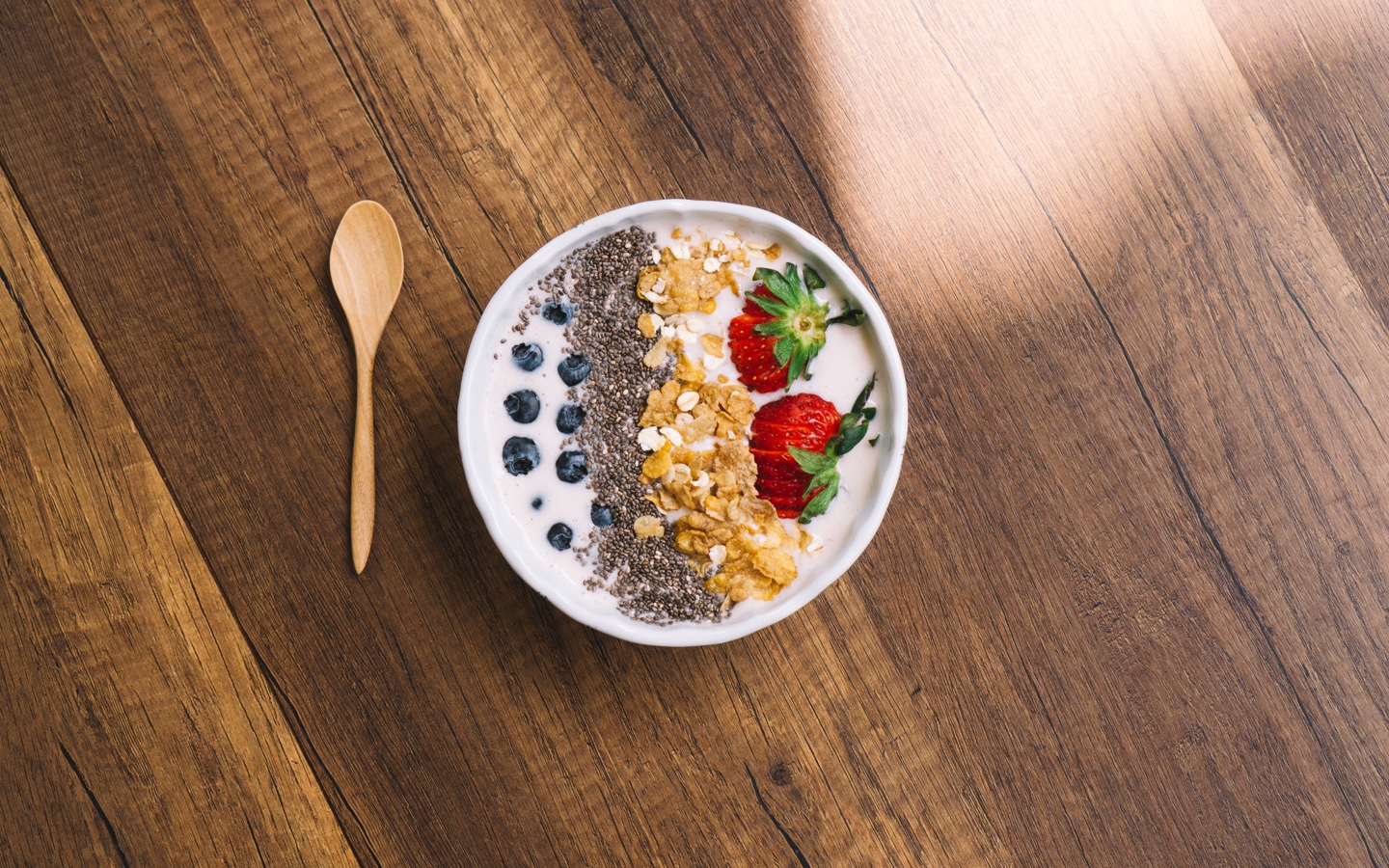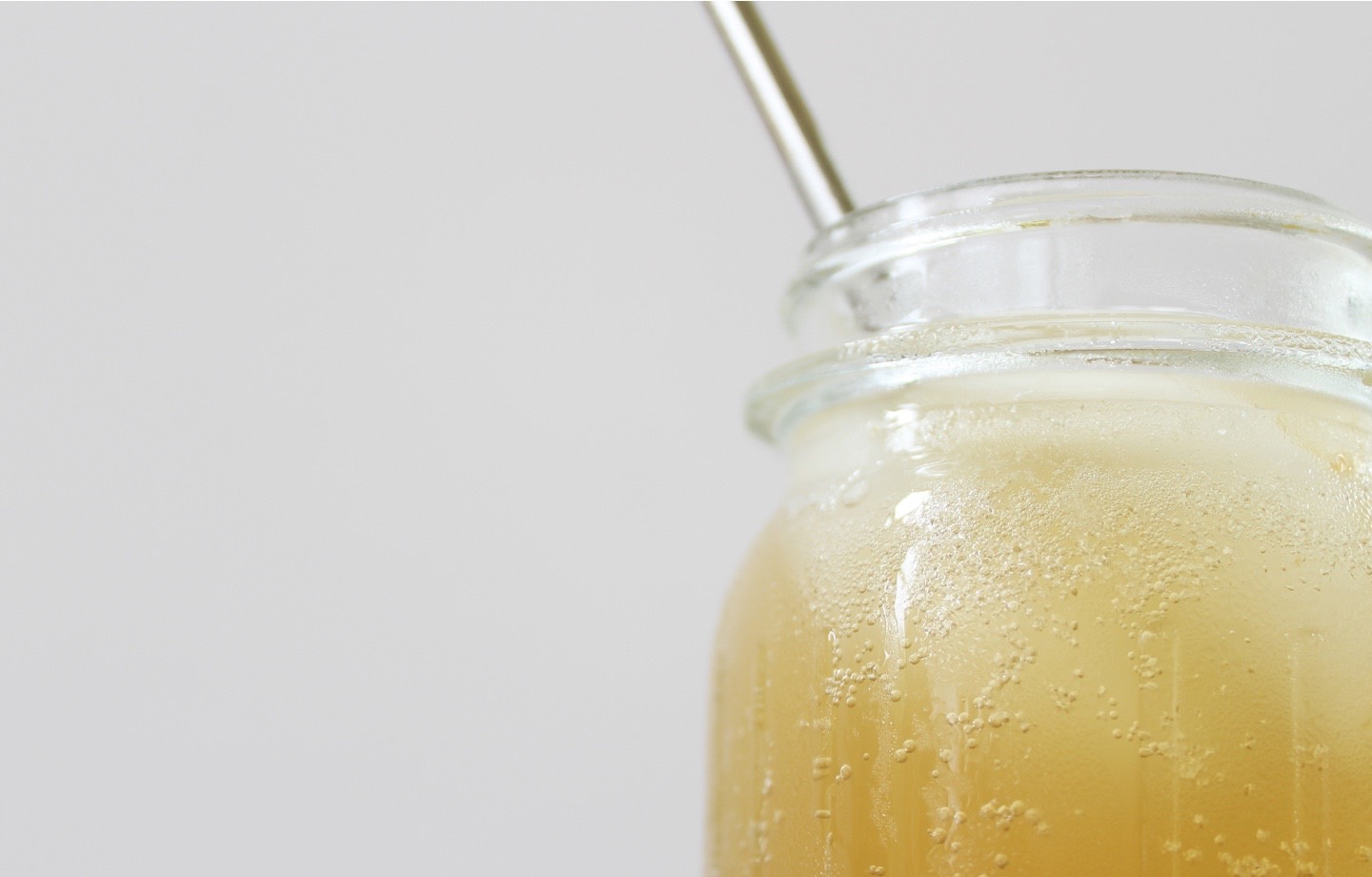Growing research suggests fermented foods like sauerkraut, kombucha,
If you’ve ever tried sauerkraut and wrinkled your nose at the smell
For starters, getting accustomed to the unique tastes of fermented foods can actually help curb cravings. How? Research has shown that our gut, or microbiome, can actually influence how we eat — including making us crave sweets and junk food when it’s out of whack. By eating fermented foods as part of a gut-health-focused balanced diet, you may be able to cut the out-of-control sugar cravings so many of us are used to.

But the benefits of fermented foods don’t stop at halting sugar cravings. Turns out, our gut controls a lot more than initially thought. The healthy bacteria in fermented food may even help clear up your skin. In fact, eating fermented foods, which contain a wide range of bacteria, can clear your skin clear as the gut heals and begin to function properly. These same fermented foods can also support a healthy immune system — that’s right, a little cabbage and salt can do the same thing as those expensive over-the-counter probiotics.
So, you’re sold on the concept of fermented foods… but what exactly are they? Why would anyone eat fermented cabbage or drink old tea? Turns out, these foods go back thousands of years and span a variety of cultures. Kombucha hails from Manchuria — although its actual country of origin is up for debate — while sauerkraut and other preserved foods were popular with European countries as nourishment during the cold winter months prior to the advent of refrigeration.
Today, we have easy access to fresh fruits and vegetables nowadays, but fermented foods remain in our diets due to their laundry list of benefits. If you’re new to fermented foods, try adding a serving or two each day for maximum benefits, below are five of our favorite fermented foods.

Our Top 5 Fermented Foods:
#1 – Sauerkraut
We’re not talking about the kind of sauerkraut sitting atop your summer ballpark hot dog. There’s a major difference between that sauerkraut, often found in shelf-stable cans or jars on the inside aisles of the grocery store, and the gut-loving sauerkraut famed for its probiotic-rich nutrients, typically sold refrigerated or made by you in the comfort of your home. Shelf-stable sauerkraut has usually been pasteurized and stabilized, killing off any good-for-you bacteria. Sauerkraut is fermented cabbage, sometimes mixed with other vegetables. Tart, acidic, and crunchy, sauerkraut is a great addition to sandwiches, salads, and even omelets. Once you’ve gained a taste for it, try making your own — a quick internet search will bring up a host of recipes and techniques.
#2 – Kimchi
Also known as sauerkraut’s Korean counterpart, this spicy ingredient is also made with cabbage, usually Napa, but includes more ingredients, like ginger, garlic, scallions, and

#3 – Kefir
What sauerkraut is to kimchi, kefir is to yogurt. A close cousin to yogurt, kefir — if bought in the store — usually comes in a jug or carton instead of a tub. More liquid than yogurt, kefir is easily drinkable and makes an excellent addition to smoothies and chia puddings. Kefir and yogurt also both have the added benefit of protein, making them easy to incorporate as a base for a meal. Try kefir topped with chopped fruit, or swirl it into your smoothie after blending. For a
#4 – Yogurt
Likely the most widely available and widely popular fermented food, yogurt is protein-rich and packed with probiotics, which also help to break down the lactose in milk, making yogurt often better tolerated by those with lactose intolerance. Highly versatile yogurt can be made sweet or savory,

#5 – Kombucha
Kombucha has exploded in popularity in recent years, and for good reason: this fermented, fizzy tea is as delicious as it is — usually — good for you. Made by fermenting black or green tea with sugar (the bacteria feeds off the sugar), quality kombucha typically has a bit of sediment at the bottom of the bottle — this is a good thing! Part of the “mother”, or colony of bacteria or yeast, these strands show the particular kombucha you’re enjoying is unfiltered, with the maximum amount of probiotics and healthy yeasts.

What’s your favorite fermented food? Do you make your own? Share with us on social at @AvocadoMattress and #AvocadoGreenMagazine!

Shop Pillows
The Essential Organic Pillow Collection
Gentle, breathable, non-toxic support.






